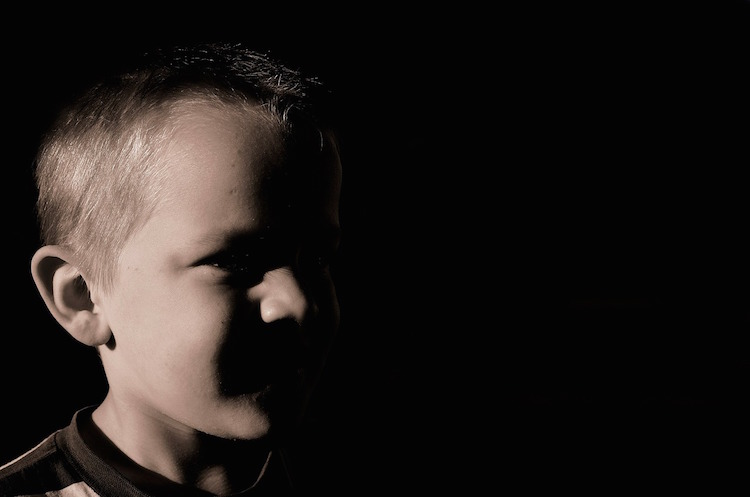
By Dr. Leigh Blalock | Child and Adult Psychiatrist
Depression is a real illness that develops like many other diseases: through the interaction between genetics and the environment. Depression runs in families, which indicates a genetic influence on the disease process. Current research is working to identify specific genes that increase the risk of depression. Certain genes have been identified and it’s likely more will be identified in the future. However, genetics alone does not predict depression 100 percent. It is often the presence of environmental stressors on a genetically susceptible person that significantly increases the risk for depression.
Environmental stressors for children include but are not limited to such things as:
- Family discord
- Divorce or separation
- Peer rejection or lack of a peer group
- Being bullied at school
- Academic stress
- Financial difficulties within the family
- Illness – self or a family member
- Death of a family member or friend
- Parental neglect or abuse
- Negative, critical, or demanding interactions with authority figures such as parents or teachers
Children with a family history of depression and multiple environmental stressors are at much greater risk for depression.
Classic features of depression that are shared by children and adults are:
- Frequent sadness or tearfulness
- Less interest in activities that one used to enjoy
- Change in appetite – eating more or less
- Change in sleep patterns – sleeping more or less
- Lack of energy
- Hopelessness
- Worthlessness
- Trouble concentrating
- Thoughts of death, suicide, or self-harm
However, depression in a child may not look the same as in an adult. It may be difficult to determine that a child is depressed. Sometimes children are angry, irritable, show behavioral changes, or act out. Many children cannot express in words what they are feeling. The following signs may indicate depression in children:
- Doesn’t seem to have fun anymore
- Not engaged in favorite activities like playing with their favorite toys, video games, or sports
- Drawing pictures or writing stories with sad themes
- Playing out sad scenarios with their toys, dolls, or Legos
- Comments such as “nobody likes me” or “I hate myself”
- Wanting to run away
- More irritable mood
- Angry outbursts
- Lack of motivation in school or declining grades
- More body complaints such as headaches and stomachaches with no medical cause
- More school absences
- Rule-breaking behavior that is different for them
- Not wanting to be with family members or play with friends
With depression, these symptoms represent a change from their normal behavior. To meet diagnostic criteria, these symptoms must be causing significant distress or impairing functioning at home, school, or socially.
Thorough evaluation by a trained child psychologist or child psychiatrist is important to distinguish depression from other disorders in children. Those who do not get help for depression are at greater risk for suicide. Evidence-based treatments are available that have been shown to help significantly. Individual and family therapy are often used first. However, if therapy does not alleviate symptoms, or if symptoms are severe, then therapy and medication are often used in combination to promote better outcomes. Depression is a treatable illness. It is important to seek help if you see these signs and symptoms in your child.



